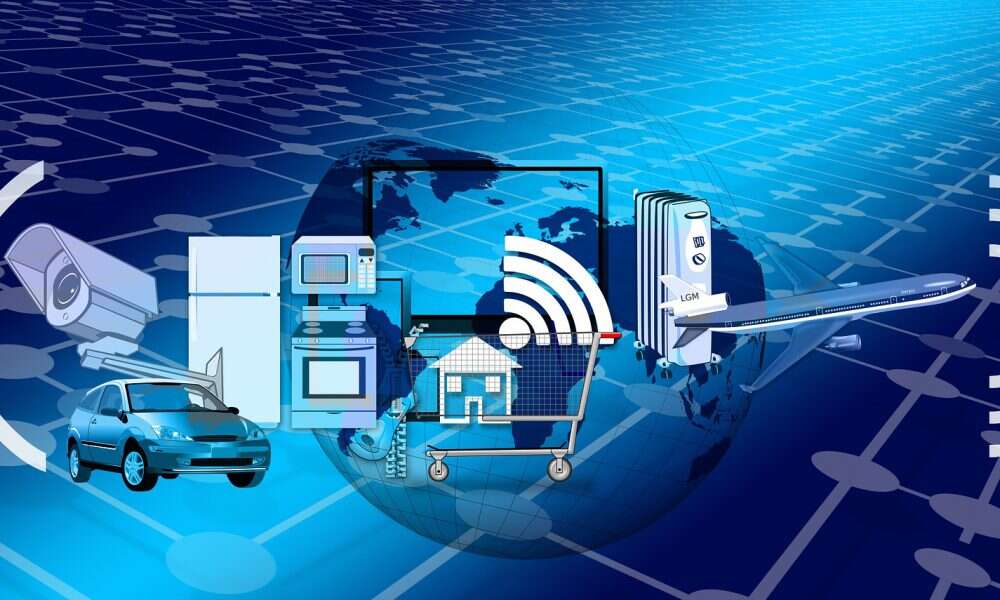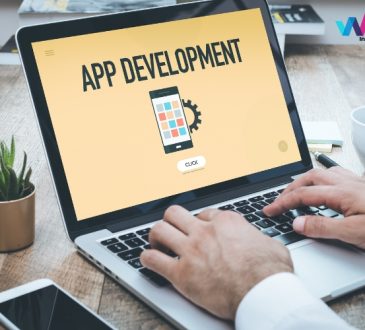
Over the past few years, the Internet of Things (IoT) has become incredibly popular, and rightfully so. IoT involves connecting devices and sensors to the internet, allowing for data exchange and collection. This technology has enormous potential to revolutionize various industries, including healthcare, manufacturing, and transportation, among others. The aim of this blog post is to explore ten top IoT solutions that could bring about a significant transformation in a business.
10 IoT solutions that can revolutionize your company
Predictive maintenance
Predictive maintenance involves utilizing data to anticipate equipment failure and proactively schedule maintenance before any breakdown occurs. This approach helps to minimize downtime and maintenance expenses.IoT can help with predictive maintenance by collecting data from sensors on the equipment and analyzing it to predict when maintenance is needed. This allows companies to reduce maintenance costs and increase equipment uptime.
For example, General Electric uses IoT sensors to collect data from its jet engines. This data is analyzed to predict when maintenance is needed, allowing the company to schedule maintenance before a breakdown occurs.
Asset tracking and management
Asset tracking and management is important for companies that have a lot of physical assets, such as equipment, inventory, and vehicles. IoT can help with real-time tracking of these assets, allowing companies to know where they are at all times. This can help with inventory management, fleet management, and more.
For example, UPS uses IoT sensors to track packages and delivery trucks. This allows the company to provide real-time package tracking for customers and optimize its delivery routes for efficiency.
Smart buildings
Smart buildings use IoT technology to make buildings more efficient, comfortable, and safe. IoT sensors can be used to monitor temperature, lighting, and energy usage, allowing for automatic adjustments to be made based on occupancy and other factors. This can lead to energy savings, cost savings, and improved occupant experience.
For example, the Edge in Amsterdam is a smart building that uses IoT technology to monitor and optimize energy usage. This building has been recognized as one of the most sustainable in the world, as it consumes 70% less energy than a standard office building.
Supply chain management
IoT can help with supply chain management by providing real-time tracking of shipments, monitoring inventory levels, and optimizing logistics. This can help companies reduce costs and improve efficiency in their supply chain.
For example, Walmart uses IoT sensors to track inventory levels in its stores. This allows the company to optimize its inventory levels and reduce waste.
Environmental monitoring
IoT can help with environmental monitoring by collecting data on air quality, water quality, and weather patterns.
For example, the SmartH2O project in California uses IoT sensors to monitor water usage and quality. This allows for more efficient use of water resources and helps to prevent water pollution.
Customer experience
The implementation of IoT can enhance the customer experience for businesses by offering tailored marketing and customer service. Through IoT sensors, companies can gather valuable information on customer behavior, which in turn enables them to offer more personalized and fitting products and services.
For example, Disney World uses IoT technology to track customer movements and provide personalized recommendations for attractions and services.
Industrial automation
IoT can help with industrial automation by controlling and monitoring manufacturing processes.
For example, Siemens uses IoT technology to monitor and control its manufacturing processes. This has led to a 50% reduction in downtime and a 30% increase in productivity.
Remote work
IoT can help with remote work by providing virtual collaboration tools and remote monitoring of equipment and processes. This can allow employees to work from anywhere while still staying connected and productive.
For example, Schneider Electric uses IoT technology to monitor and control its energy management systems from a central location.
Predictive analytics
Predictive analytics refers to the process of utilizing historical data, statistical algorithms, and machine learning methodologies to estimate the probability of future results. IoT can provide real-time data that can be used for predictive analytics, allowing companies to identify trends and make data-driven decisions.
Conclusion
In conclusion, IoT solutions have the potential to transform many industries and revolutionize the way companies operate. From predictive maintenance to cybersecurity, there are many areas where IoT can provide significant benefits. However, it is important for companies to choose a reliable IoT platform and to carefully consider the potential drawbacks of implementing IoT solutions. With the right approach, companies can harness the power of IoT to drive innovation and growth.
FAQs
How can a company choose a reliable IoT platform?
When making a decision on which IoT platform to choose, it is crucial to take into account factors such as scalability, security, and compatibility with current systems. Additionally, businesses should seek out platforms that provide device management, data analytics, and cloud integration capabilities.
What are the potential drawbacks of implementing IoT solutions in a company?
Potential drawbacks of implementing IoT solutions include the cost of implementation, the need for specialized skills and expertise, and the risk of cybersecurity incidents. Companies should carefully consider these factors before implementing IoT solutions.
How much does it cost to implement IoT solutions in a company?
The expenses associated with deploying IoT solutions may vary considerably based on the project’s size and the particular solutions being adopted. Therefore, it’s crucial for businesses to meticulously plan their finances for IoT initiatives and factor in the potential ROI.
How long does it take to implement IoT solutions in a company?
The duration for deploying IoT solutions can differ significantly based on the intricacy of the project and the particular solutions being executed. To ensure a hassle-free implementation process, businesses should meticulously strategize and allocate resources for IoT projects while collaborating closely with their IoT platform provider.




